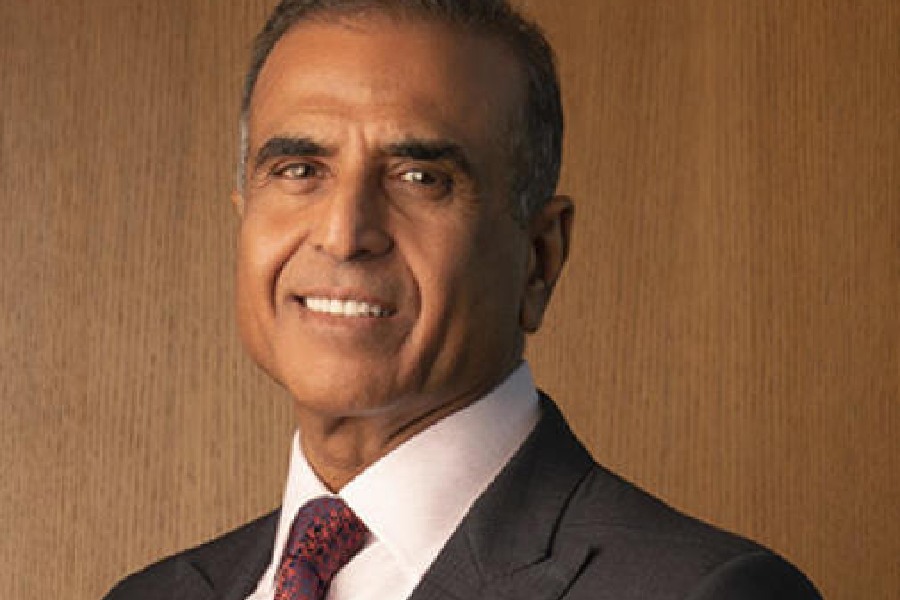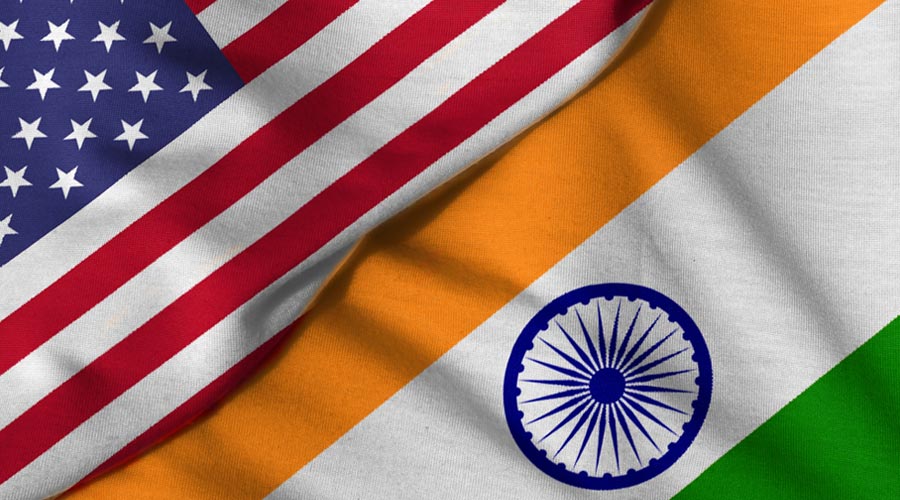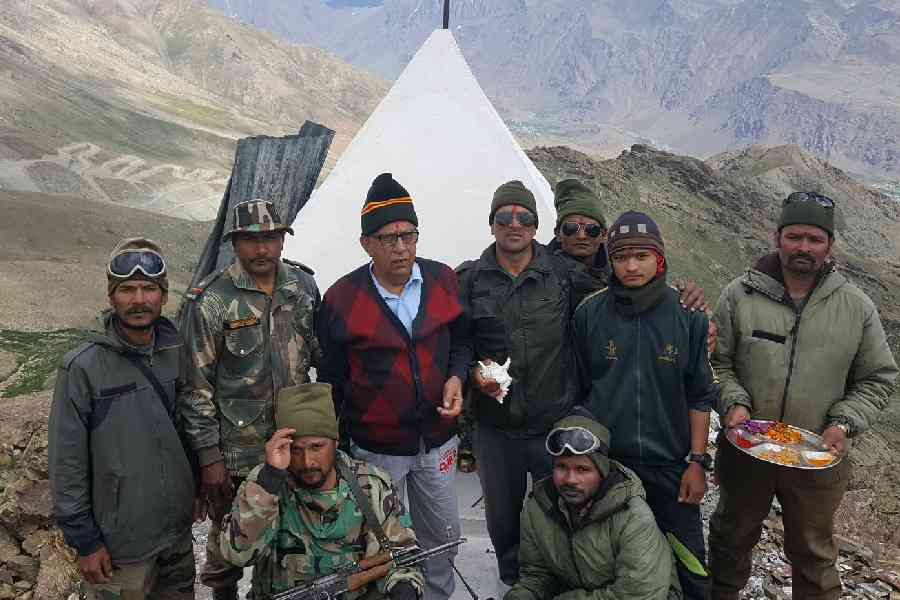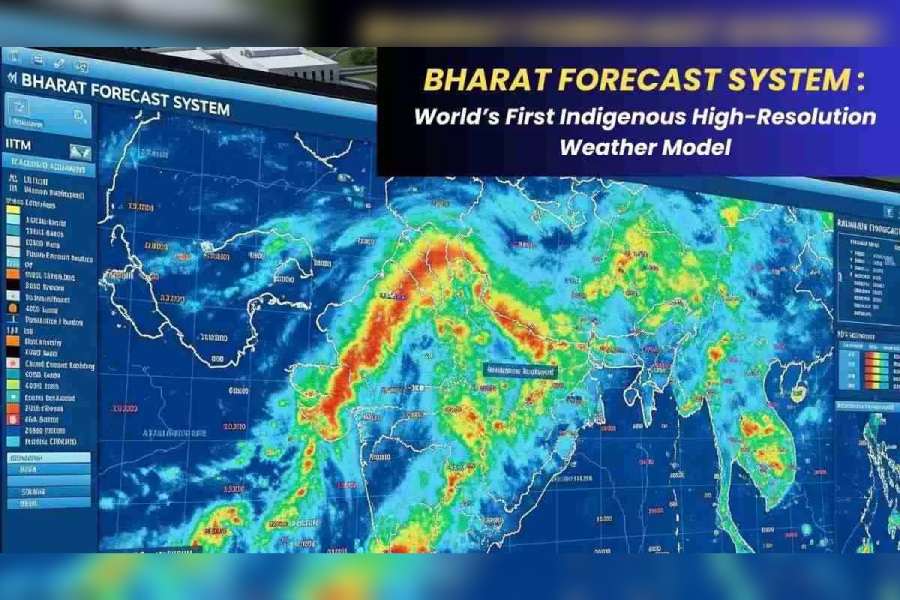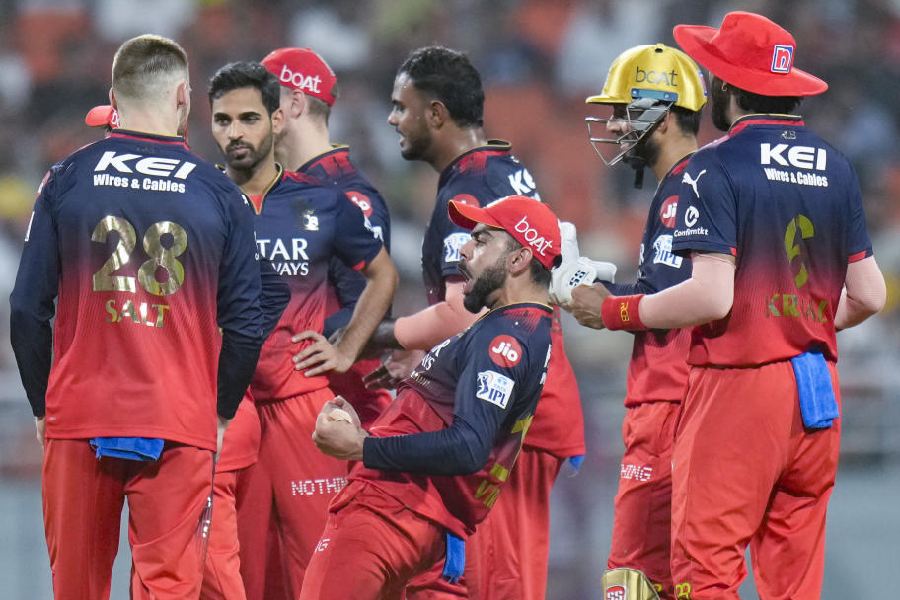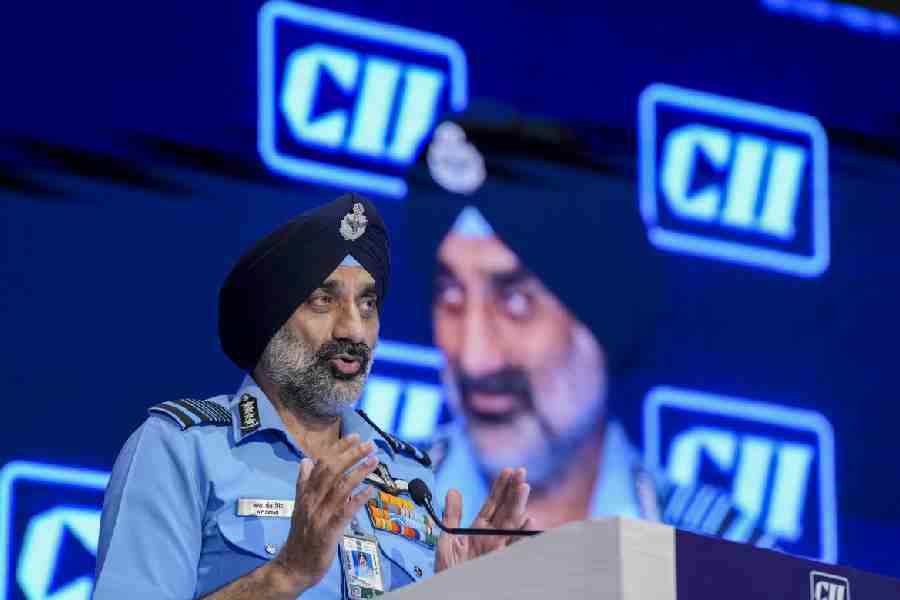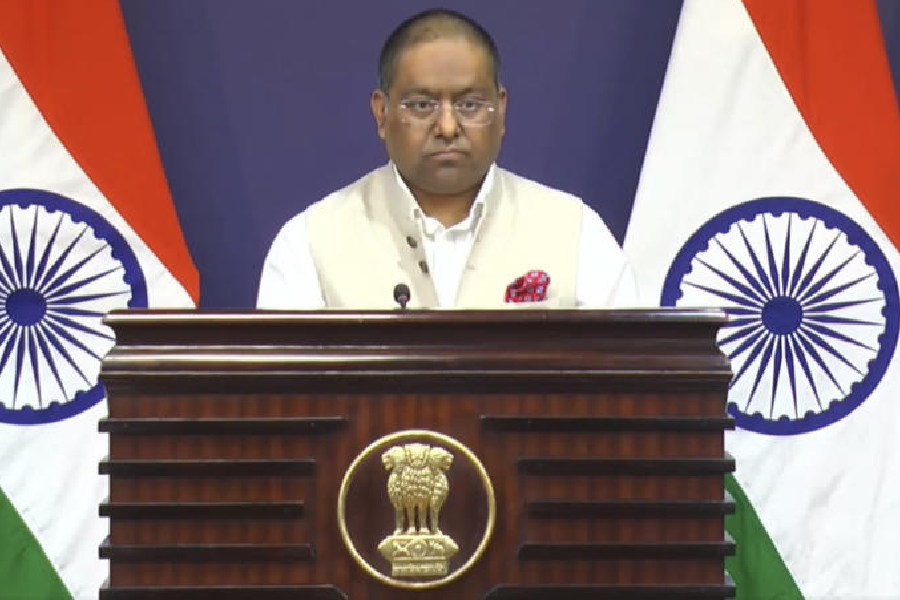 |
| The MP Birla Planetarium at the junction of Cathedral Road and Chowringhee Road |
Stargazing for the Calcuttan had meant a visit to a white dome-shaped landmark in the heart of town long before Katrina Kaif introduced Hrithik Roshan to the joys of watching the night sky lying on his back and holding her hand.
If Zindagi Na Milegi Dobara turned some into stargazers, MP Birla Planetarium has been helping more serious newbies know their Orion from Scorpion for 50 years.
The golden jubilee celebrations at the planetarium will kick off at 3pm on Thursday with a lecture by Saumitra Sengupta, senior professor in the department of theoretical physics, Indian Association for the Cultivation of Science.
Several national and regional lectures on astronomy and space science, quizzes for school students, orientation programmes on astronomy for schoolteachers and an astronomical jamboree involving 2,000 students have been planned as part of the yearlong celebrations.
MP Birla Planetarium was opened to the public on September 29, 1962, and has since been the go-to place for an introduction to the cosmic world from the comfort of a pushback chair in the 688-seat auditorium.
Popularly known as Taramandal, the dome in the style of the Sanchi Stupa is the largest in Asia. Back in 1962, the planetarium would charge 75 naya paise per person for a 45-minute show. Five decades later, a 40-minute show costs an affordable Rs 30.
 |
| The print ad announcing the opening of the planetarium on September 29, 1962 |
“While most planetariums have upgraded to digital projection facilities, the opto-mechanical projection technology used here has not changed. We are planning to merge the two technologies soon. It will make the shows more interesting,” said Debiprosad Duari, the director (research and academic) of the planetarium.
Of the 37 planetariums in the country, the uniqueness of the Calcutta address lies in its size and academic facilities. It has an electronics laboratory for design and fabrication of equipment. An astronomical observatory equipped with a Celestron C-14 telescope, a research instrument that records a single image over an average of 40 hours, is one of its assets.
The planetarium regularly conducts public outreach programme to address misconceptions and taboos relating to cosmic events such as lunar and solar eclipses.
Since 1966, the planetarium has been conducting a free evening programme on introductory astronomy for people from all walks of life.
“Nasa sends us its latest project reports and daily updates in the form of astronomical telegrams,” Duari said.
The planetarium honours scientists in the field of astronomy and space science with a biennial MP Birla Memorial Award. The golden jubilee award went to former President A.P.J. Abdul Kalam.


